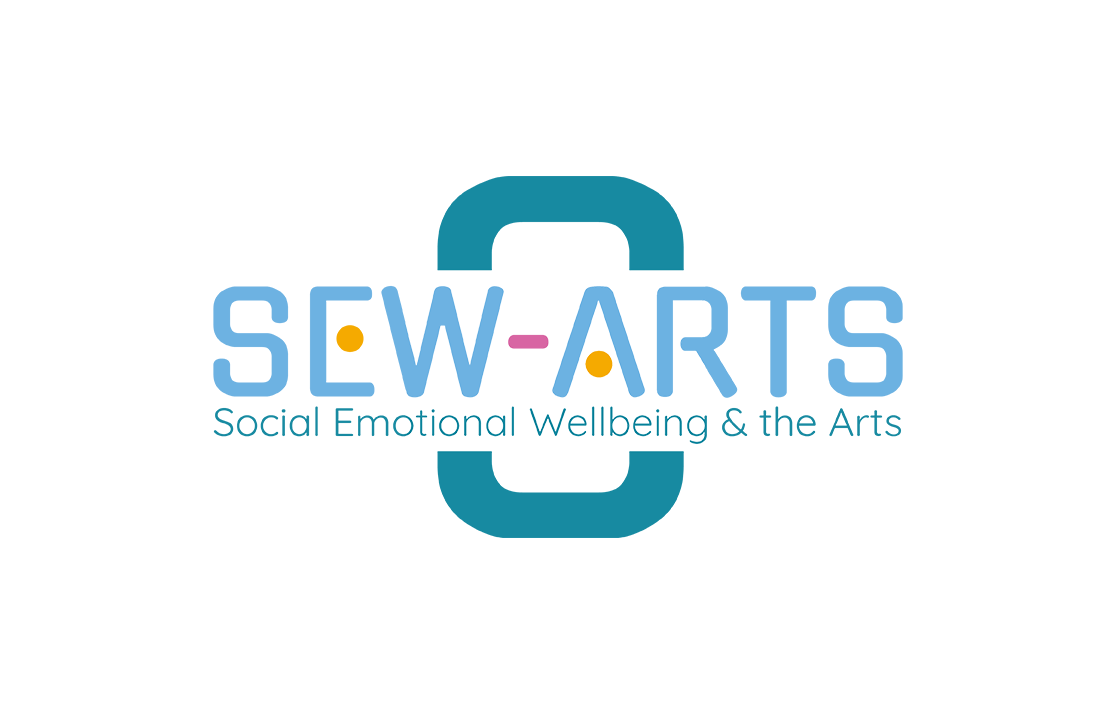What is SEW-Arts?
The SEW-Arts Project empowers arts organisations and professionals to support young people's social and emotional wellbeing (SEWB) through the arts.
We’ve created a practical, strengths-based Framework that offers:
- Key wellbeing messages for young people
- Teaching strategies for artists
- Reflective tools for growth
SEW-Arts was developed by The Kids Research Institute Australia in collaboration with:
- Edith Cowan University (ECU)
- Healthway
- West Australian Ballet
- WA Youth Theatre Company
- Circus WA
- Art Gallery of WA
In addition, SEW-Arts has been piloted by numerous arts organisations across metropolitan, regional and remote W.A.
Start here
What's your role?
- Teaching artist? Learn how to weave SEWB into your sessions.
- Arts administrator? Use the Map the Gap tool to build a wellbeing-friendly culture.
- Curious learner? Explore our Framework and research to find out how the arts support SEWB.
What people are saying
"A great resource for organisations to have the language and understanding of social and emotional wellbeing." — FORM WA
“[SEW-Arts] created this shared language that we could all use to describe those moments of impact” — CAN
“Teaching artists are more confident and intentional — we’ve seen increased participation and student confidence.” — West Australian Ballet





